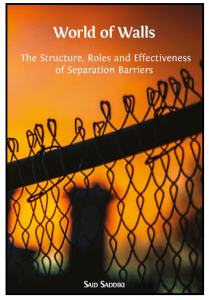5.2: Information Sources- Primary, Secondary, Tertiary
- Page ID
- 90216
Information Creation & Context
We can group information sources into three basic categories: primary, secondary, and tertiary. When we make distinctions between these three categories of sources, we are relating the information itself to the context in which it was created. Noting this relationship between creation and context helps us understand the big picture in which information operates, and prompts us to consider whose voices we are including in our research, and whose voices may be left out.
Primary Sources
Primary sources are first-hand observations or experiences of an event. They can also be the original sources of information before they have been analyzed, such as statistical data sets. Examples of primary sources include:
- Eyewitness reports (interviews, photographs)
- Speeches, diaries, memoirs
- Empirical research
- Original documents, historical newspaper articles
- Literary works (novels, plays, poems), artworks
- Tweets
Secondary Sources
Secondary sources are created after an event occurred and offer a review or an analysis of the event; they provide an interpretation of the primary source or data without offering new data. Examples of secondary sources would be:
- Biographies, nonfiction books
- Editorials
- Literary criticism and reviews
- Periodicals (such as scholarly journals, magazines, or newspapers)
- Retweets

Tertiary Sources
Tertiary sources are compilations of information coming from secondary and primary sources; these can be lists or collections, and are generally reference material that can help you find, or direct you to, secondary and primary sources. Examples of tertiary sources include:
- Encyclopedias, dictionaries
- Indexes
- Databases, catalogs
- Most textbooks

Note: These categories may differ between subject areas. For details, see section on Information Sources: Traditional Formats.
Sources
Creation & Context section adapted from “Primary, Secondary & Tertiary Sources” by Teaching & Learning, Ohio State University Libraries, licensed under CC BY 4.0
Examples adapted from “Library 10” by Cabrillo College Library, licensed under CC BY 4.0
Image: “Families Belong Together SF march” by Pax Ahimsa Gethen is licensed under CC BY-SA 4.0
Image: “World of Walls: The Structure, Roles and Effectiveness of Separation Barriers” by Said Saddiki is licensed under CC BY 4.0


